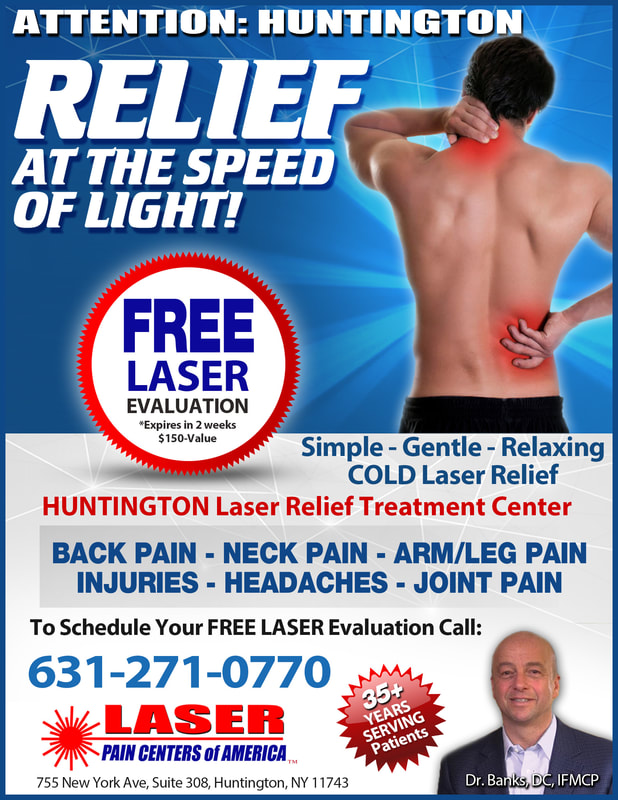Worldwide Medical Studies of LLLT Have Shown Safe and Proven Relief For The Following:
|
|
How Does Low Level Laser Therapy Work?
Low Level Laser Therapy (LLLT) has demonstrated the ability to significantly accelerate and enhance the body’s natural defense and repair mechanisms in the presence of injury, sports and workout injuries, inflammation and with certain disease processes. LLLT is consistent in providing pain relief, reducing injury damage, loss of function and in facilitating a more rapid repair of damaged tissues creating stronger healed tissue structures.
It does this through the action of photo-stimulation of specific wavelengths affecting the light reactive biological cell receptors (chromophores) in the body.
This modifies the effects of injured tissue and reduces the overall duration of inflammation, while enhancing your body’s specific repair and healing mechanisms. This in turn reduces pain, spams and increases natural range of motion and flexibility of the injured area(s).
Multiple Clinical Studies Have Noted The Following Results of LLLT:
It does this through the action of photo-stimulation of specific wavelengths affecting the light reactive biological cell receptors (chromophores) in the body.
This modifies the effects of injured tissue and reduces the overall duration of inflammation, while enhancing your body’s specific repair and healing mechanisms. This in turn reduces pain, spams and increases natural range of motion and flexibility of the injured area(s).
Multiple Clinical Studies Have Noted The Following Results of LLLT:
|
|
Depth of Tissue Penetration
Some 30+ years of scientific study and clinical research has provided us with detailed information on the reaction of biologic organelles (cell structures) to laser light. It has also shown us which wavelengths penetrate most deeply and what energy levels effect biological processes in the most desirable manner. We need to fully understand the relationship between the depth (from the skin surface) of the target tissue and the ability of the therapeutic laser light to reach that tissue.
The light from the laser distributes in the tissue in the shape of a ball or an egg . This is dependent on the wavelength of the light. Short wavelengths give a smaller and fairly round ball-shaped distribution, while longer wavelengths give a more eggshaped distribution. The shorter 632 nm visible red wavelength is more readily absorbed by blood and skin surface components, thereby limiting its tissue penetration.
The longer 830nm invisible infrared wavelength is not as readily absorbed therefore it has significantly greater depth of penetration. A greater amount of photons are delivered to the target tissue with the 830nm wavelength.
There is now ample clinical evidence that in contrast to other wavelengths, the 830 nm laser light produces specific beneficial biological reactions that are not produced by other wavelengths. This unique ability to stimulate greater response is the key to 830nm laser therapy.
The light from the laser distributes in the tissue in the shape of a ball or an egg . This is dependent on the wavelength of the light. Short wavelengths give a smaller and fairly round ball-shaped distribution, while longer wavelengths give a more eggshaped distribution. The shorter 632 nm visible red wavelength is more readily absorbed by blood and skin surface components, thereby limiting its tissue penetration.
The longer 830nm invisible infrared wavelength is not as readily absorbed therefore it has significantly greater depth of penetration. A greater amount of photons are delivered to the target tissue with the 830nm wavelength.
There is now ample clinical evidence that in contrast to other wavelengths, the 830 nm laser light produces specific beneficial biological reactions that are not produced by other wavelengths. This unique ability to stimulate greater response is the key to 830nm laser therapy.


